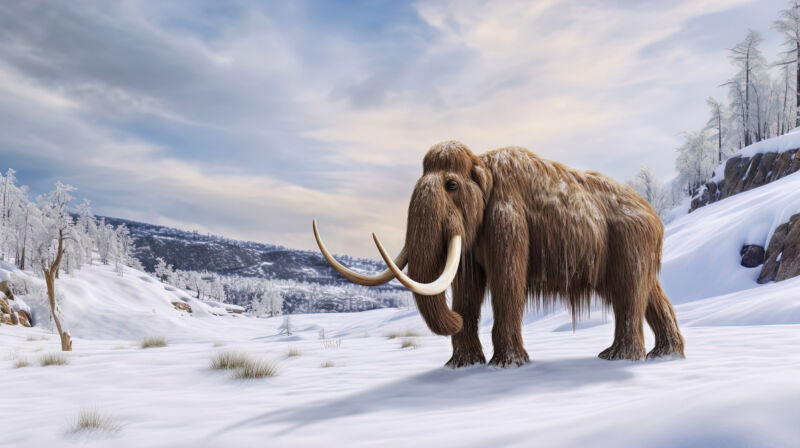
One of the challenges of working with ancient DNA samples is that damage accumulates over time, breaking up the structure of the double helix into ever smaller fragments. In the samples we've worked with, these fragments scatter and mix with contaminants, making reconstructing a genome a large technical challenge.
But a dramatic paper released on Thursday shows that this isn't always true. Damage does create progressively smaller fragments of DNA over time. But, if they're trapped in the right sort of material, they'll stay right where they are, essentially preserving some key features of ancient chromosomes. Researchers have now used that to detail the chromosome structure of mammoths, with some implications for how these mammals regulated some key genes.
DNA meets Hi-C
The backbone of DNA's double helix consists of alternating sugars and phosphates, chemically linked together (the bases of DNA are chemically linked to these sugars). Damage from things like radiation can break these chemical linkages, with fragmentation increasing over time. When samples reach the age of something like a Neanderthal, very few fragments are longer than 100 base pairs. Since chromosomes are millions of base pairs long, it was thought that this would inevitably destroy their structure, as many of the fragments would simply diffuse away.



0 Comments